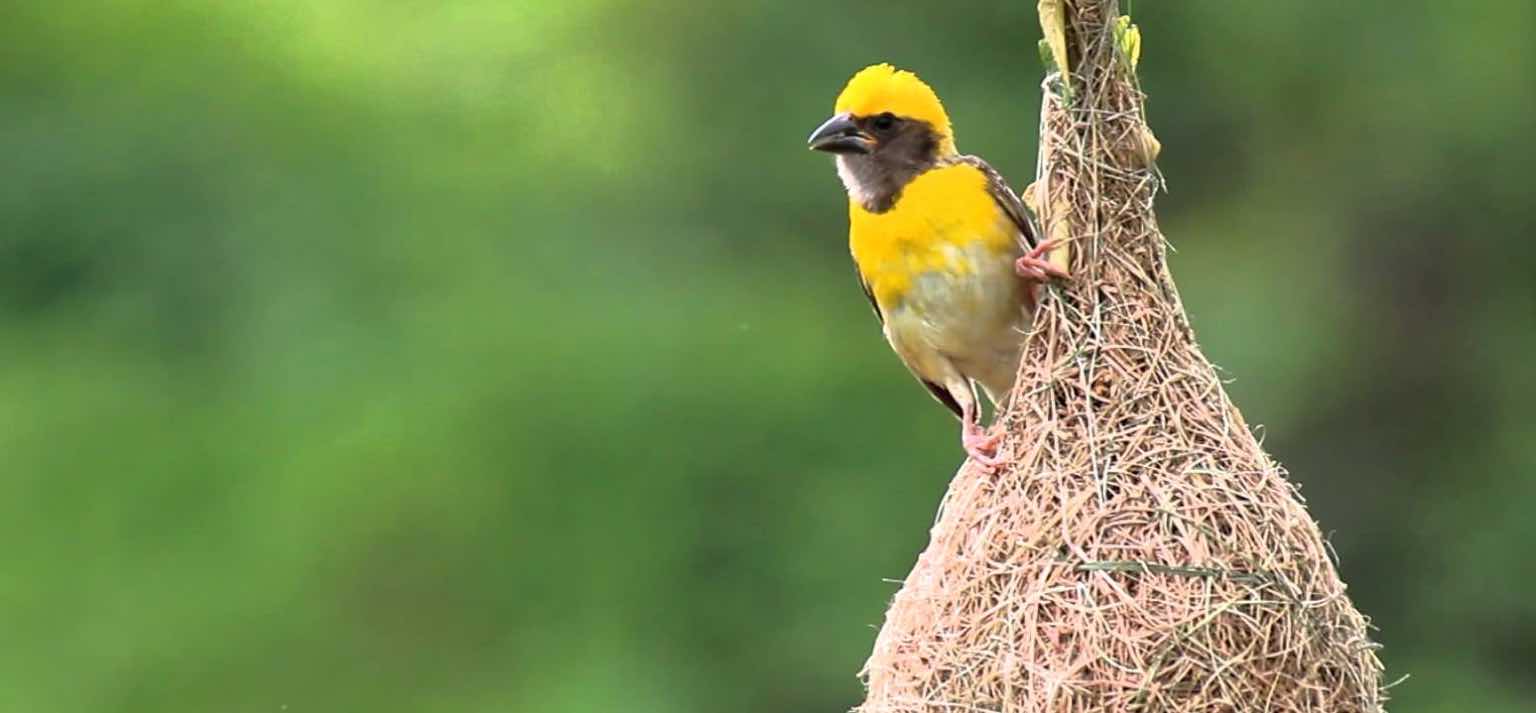Business lessons from our Wildlife – Lesson #1 – Baya Weaver Bird

[From this, I will start a series of business lessons we can learn from our wild animals who have mastered the art of survival, tackling competition, focus attack, marking/restricting territory, selecting their prey etc. These guys have mastered this art for 1000s of years and there is a lot to learn from them be it a startup or be it a marketing or a sales manager or be it a CEO or management folks or even development or a QA head or even contributor – there is a lesson for all of us.
As much as we study from our MBAs, from Western books, there is lot more to study from them and these are not one-off success story to read but something practiced with discipline from 100s of years and we have a lot to learn and lets see. I feel there are many tips and tricks to learn from them in this era of killer competition]
The baya weaver is a weaverbird found across the Indian Subcontinent and Southeast Asia. Flocks of these birds are found in grasslands, cultivated areas, scrub and secondary growth and they are best known for their hanging retort shaped nests woven from leaves.
Males build the nests and these nests are partially built before the males begin to display & court to passing females by flapping their wings and calling while hanging from their nests. The females inspect the nest and signal their acceptance of a male. Once a male and a female are paired, the male goes on to complete the nest by adding the entrance tunnel. Males are almost solely in charge of nest building, though their female partners may join in giving the finishing touches, particularly on the interiors. Females modify the interiors or add blobs of mud. A study has found that nest location is more important than nest structure for the female when it selects the nest. Females prefer nests high in trees, those over dry land, and those on thin branches.
The Lesson:
When you do a new product or a service, don’t build completely and then start trying to market for customers. Always build enough [good enough to use but not complete] and then you can flap about it and attract customers and if it is good enough, they will use it and they themselves will suggest everything what is required for the product to be complete.
Further Reads:
Tips & Tricks from our Wildlife in the Era of Killer Competition
WildTrails – The one-stop Destination for all your India & Africa Wildlife Holidays!!
WildTrails (Tm) India App – “Discover Indian Wildlife Like Never Before“
PS: Please be a responsible wildlife tourist; No littering, No sounds, No feeding, no getting down from the safari jeep (when on safari), No phone calls. Remember that we are visiting their home and when we are there, let’s follow their rules.
[The WildTrails India App is the best way to get all the details about Indian wildlife sanctuaries (best travel times, safari details, animal sightings, forest accommodations pairing, wildlife related activities, prices, etc). Learn more about WildTrails of India here. ios App is here. Android is here, and Web is on the way. Please do like us on our facebook page here.]
With 4 years of Sightings data + Extensive expert tracker network in jungles, our customers had the best wildlife experiences.
Buy Wildlife Fashion Accessories
Exclusive Online Store for wildlife products
Packages
Packages Loading...
Recent Posts









